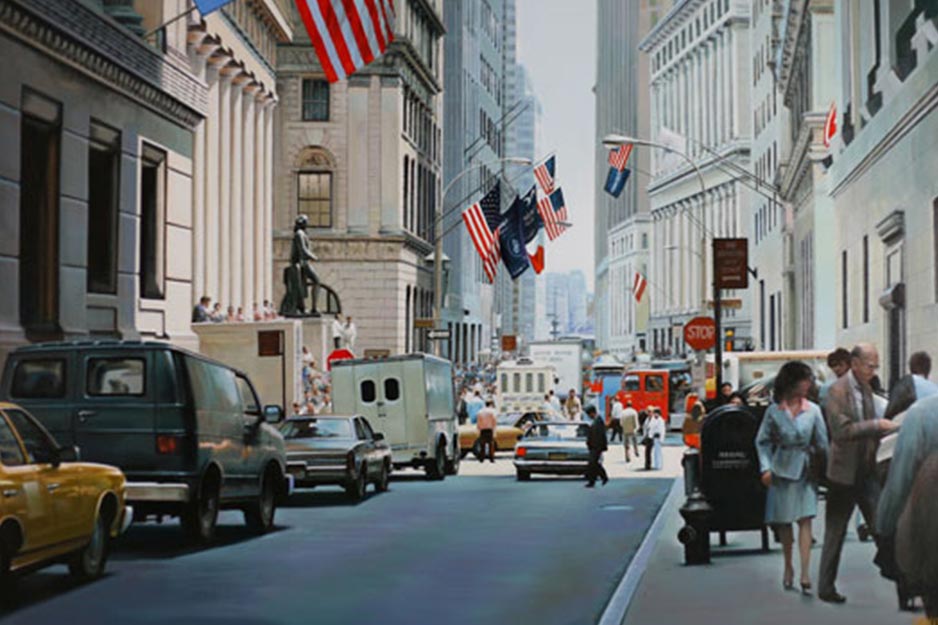Fine Art Firm Creates Top Quality Giclées with SOLJET
Livingstone Paint Factory | Lignano Sabbiadoro (UD), Italy
In the ‘80s, Luigi Rocca co-founded the Weissenbruch Publishing Co. in Turin, a publishing house, cultural and artistic center, and above all, a place for printers, artists and printing experts to work together. Many years later, Rocca moved into the digital printing arena.
In 2000, he opened the “Livingstone Paint Factory,” dedicated to the field of fine art. The firm focuses on producing canvas giclées, digital serigraphy and lithography for its regular customers.
The advent of digital technology has influenced every aspect of the Livingstone business. For printing and fine art reproductions, digital technology allows the company to thoroughly review and manage images for nearly perfect results. To realize the ultimate in print quality, Livingstone reviews and adjusts images on screen and continues to refine the image quality through the printing process. The company’s capabilities have expanded dramatically thanks to new innovations including Livingstone’s Roland SOLJET PRO III XJ-640 64” eco-solvent printer.
"For printing and fine art reproductions, digital technology allows the company to thoroughly review and manage images for nearly perfect results."
According to Rocca, he purchased his Roland for two main reasons. First, its ECO-SOL MAX inks are highly durable and support a wide range of media. Second, the SOLJET features Roland Intelligent Pass Control technology for unparalleled image quality in every print mode. With Roland Intelligent Pass Control, the SOLJET produces beautiful skin tones, high-contrast images and flawless solid colors with no traces of banding even at the highest print speeds. A built-in tri-heater system increases media receptiveness for maximum ink brightness and fastness.
Livingstone Paint Factory prints primarily on flax fabric for its weather resistance. It also prints on canvas of varying weights and other media according to its customers’ requirements.
In producing giclées, the firm typically works very closely with the customer. This collaboration is very important since fine art reproductions should precisely match the original art. After photographing a painting, Rocca retouches any imperfections digitally. Then he chooses the optimum media and establishes a color profile for it.
Rocca says, “For years, my works have been reproduced on fabric and exhibited in galleries all over Italy and the United States. This is a very rewarding job and I always feel inspired to create new works of art.”




